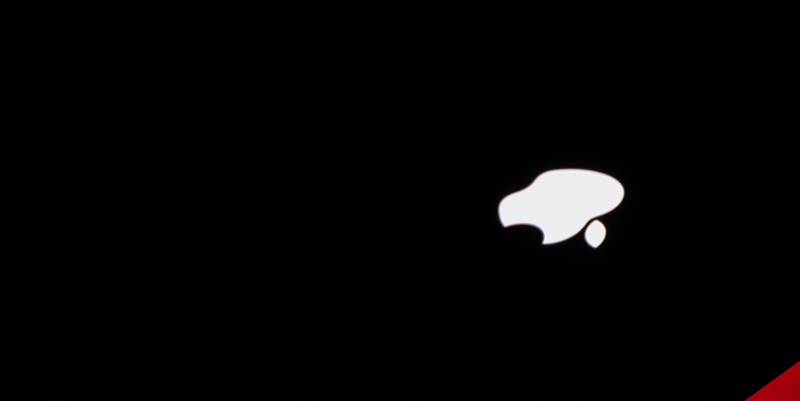Apple, the tech giant known for its focus on security, has once again been forced to address a series of zero-day vulnerabilities, further underscoring the challenges faced by software developers in the constant battle against cyber threats. In what has been a challenging year, Apple has been compelled to patch a total of 20 zero-day vulnerabilities. This article delves into two significant vulnerabilities recently discovered, as well as their impact, the discoverer, the implications for Apple users, and the broader context of commercial spyware operations.
First Vulnerability: CVE-2023-42916
The first vulnerability, CVE-2023-42916, has been found to affect a range of Apple products. This flaw, known as an “out-of-bounds read”, allows an attacker to access sensitive data beyond the boundaries of a designated memory area. Apple has responded proactively by implementing improved input validation, thereby preventing unauthorized access and protecting user information.
Second Vulnerability: CVE-2023-42917
The second vulnerability, CVE-2023-42917, targets a memory corruption flaw in WebKit, the web browser engine. Exploiting this vulnerability, an attacker could manipulate memory structures, potentially leading to system crashes or arbitrary code execution. Apple has taken swift action by introducing enhanced locking mechanisms to mitigate the risk of memory corruption within WebKit.
Discoverer of the vulnerabilities
Both vulnerabilities were discovered by Clément Lecigne, an esteemed researcher associated with Google’s Threat Analysis Group (TAG). Lecigne and TAG have a notable history of uncovering vulnerabilities and exploits utilized by commercial spyware organizations. The involvement of such organizations raises concerns about their intentions, as they often employ eavesdropping capabilities to target specific devices covertly.
Recent discovery by Clément Lecigne
Lecigne’s proficiency in identifying vulnerabilities is evident from his recent discovery of CVE-2023-6345, an integer overflow issue in the open-source 2D graphics library Skia. This vulnerability, linked to state-sponsored activity, further highlights the ongoing sophistication and persistence of spyware operations. The continuous identification of zero-day vulnerabilities in Apple products strengthens the argument that such activities remain prevalent, even amidst Western pressure.
The implications of zero-day vulnerabilities in Apple products
Considering that commercial spyware organizations are actively researching and exploiting zero-day vulnerabilities within Apple products, it becomes imperative to comprehend the potential implications for users. These vulnerabilities can compromise the security and privacy of individuals, granting unauthorized access to their sensitive information. The patching efforts by Apple serve as a crucial defense mechanism against the exploitation techniques employed by malicious actors.
US measures to counter spyware activities
Recognizing the gravity of commercial spyware operations, the United States has taken steps to curb their activities. Notably, organizations like the NSO Group have been placed on trade blacklists, limiting their business prospects. Additionally, President Biden has signed an executive order banning the use of any commercial spyware that has been previously misused by foreign states to surveil citizens, dissidents, activists, and others. Such actions aim to enhance national security and safeguard individuals’ privacy.
Impact of the First Vulnerability (CVE-2023-42916)
Addressing the first vulnerability (CVE-2023-42916), Apple has highlighted its potential impact. According to the company, processing web content could inadvertently disclose sensitive information. By patching this vulnerability through improved input validation, Apple has taken measures to prevent unauthorized access to user data.
Impact of the Second Vulnerability (CVE-2023-42917)
The second vulnerability (CVE-2023-42917) exposes Apple users to the risk of arbitrary code execution during web content processing. If exploited, this vulnerability could allow attackers to execute malicious code on targeted devices. However, with the introduction of improved locking mechanisms, Apple has fortified the system against potential memory corruption, ensuring better protection for users.
As the discovery and patching of zero-day vulnerabilities continue to be a prominent concern for software developers, Apple’s proactive response to these security threats underlines its commitment to user safety. The relentless efforts of researchers like Clément Lecigne aid in identifying vulnerabilities linked to state-sponsored activity and commercial spyware operations. Through increased awareness, stringent measures, and timely patching, users can better protect themselves from potential exploitation. Continued vigilance and collaboration within the tech industry remain paramount as the battle against cyber threats and evolving spyware tactics persists.

